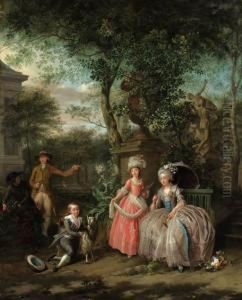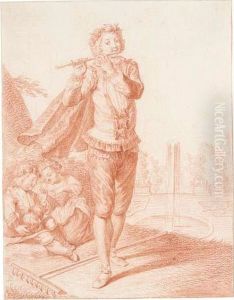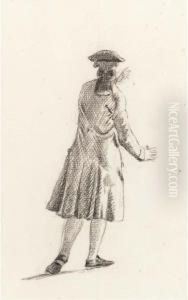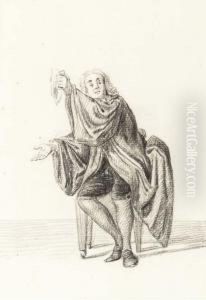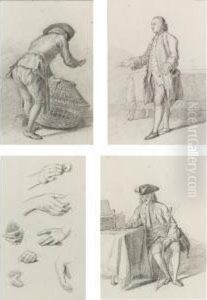Nicolaes Muys Paintings
Nicolaes Muys, a Dutch Golden Age painter, was active in the 17th century, specifically during the 1630s through the late 1680s. While there is not an abundance of information on Muys's life, he is known to have been a genre painter, which means he focused on scenes of everyday life. His works often displayed a keen interest in the depiction of domestic interior scenes, which were very popular during the Dutch Golden Age of painting.
Muys was born in the 1630s, but the exact year and place of his birth remain uncertain, as is the case with many artists of that period. His artistic training and early influences are not well-documented, but like many artists of his time, he would have been apprenticed to a master painter to learn the craft. It is possible that he worked in the city of Dordrecht, which was an important artistic center in the Netherlands during the 17th century.
Throughout his career, Muys developed a style that was heavily influenced by the works of other Dutch genre painters, such as Pieter de Hooch and Johannes Vermeer. Like these contemporaries, Muys paid great attention to the play of light and shadow in his compositions, as well as the subtle expressions and gestures of his figures. His paintings often featured a warm palette and a careful arrangement of domestic spaces, creating a sense of calm and order.
Despite the quality of his work, Muys did not achieve the same level of fame as some of his contemporaries. His works were appreciated in his time, but he remains a lesser-known figure in the history of Dutch art. The last known record of Muys dates to after 1687, by which time he had created a body of work that contributes valuable insight into the genre painting of the Dutch Golden Age. The date and circumstances of his death, much like many details of his life, are not clearly documented.
